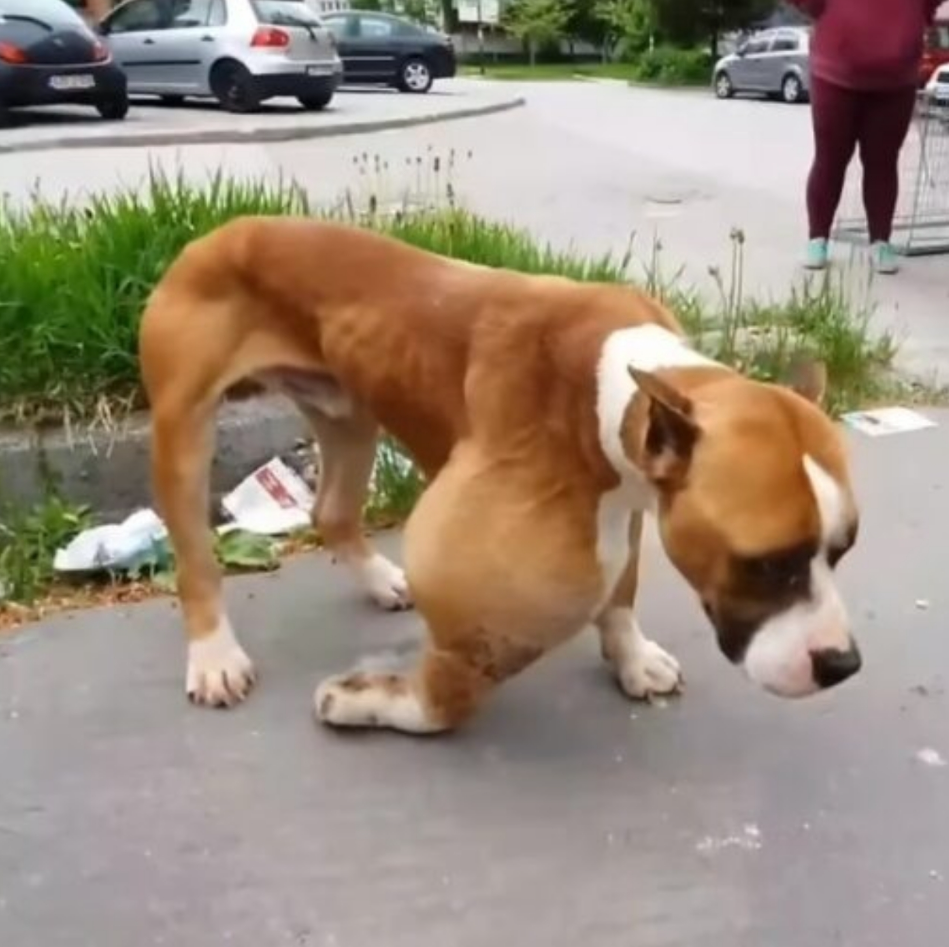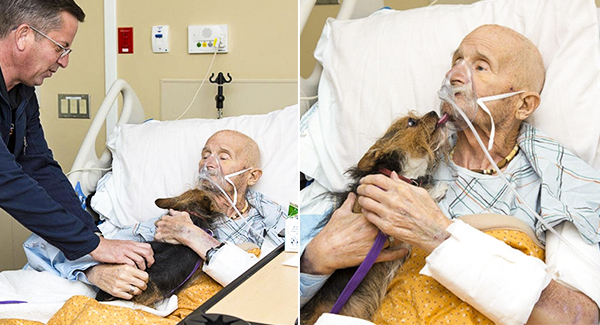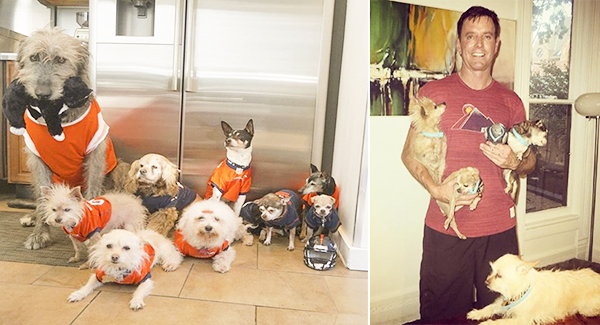In Fresno, California, a heartbreaking discovery set the stage for an inspiring story of survival and compassion. A frail Boxer, …
A touching tale of resilience and community support has emerged from the woods, centered around a dog named Alphonzo. The …
Last week in Pompano, Florida, Officer Angela Laurella responded to a heartbreaking report: two dogs had been found tied to …
Today, we were met with a heartbreaking scene—one that reminds us why our work is so critical and why your …
Dʏɪɴɢ Vietnam war veteran has last wish to be reunited with his dog granted For many, dogs become far more …
The emotional reunion of a missing dog with its owner after a terrible accident A heartbreaking story showing the touching …
Chinese millionaire spends all his fortune saving stray dogs from the slaughterhouse after his beloved pooch disappeared China is not …
Neighbors put up step stool for dog so he can see his Great Dane friends Just like people, dogs are …
Man Devotes His Life To Adopting Old Dogs Who Can’t Find Forever Homes Steve Greig is a man who loves …
Golden Retriever Saves Owner Life After He Slipped On Ice And Bro.ke His Ne.ck People say, “Dogs are the only …










